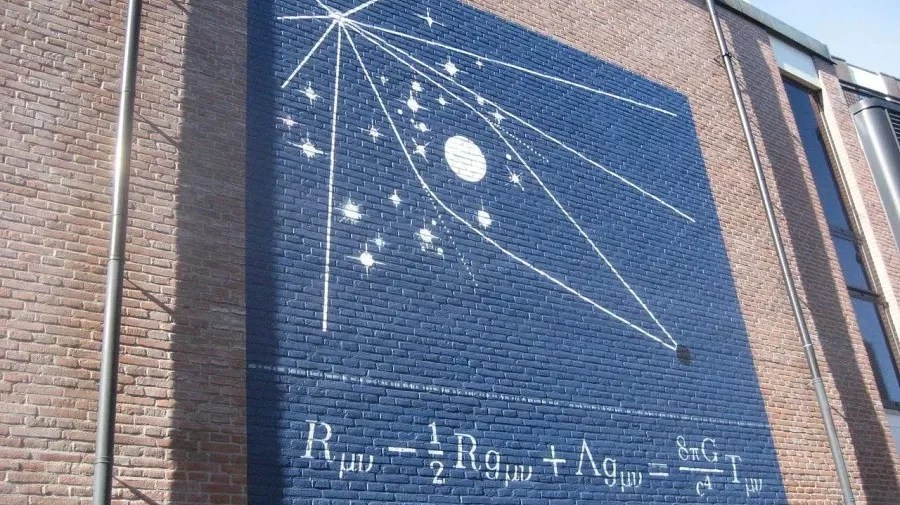Nobel Prize-winning physicist Frank Wilczek is considered by many to be Albert Einstein’s successor. He studied Einstein’s discoveries, expanded upon Einstein’s ideas, and, for several years, even lived in the same house Einstein used to. Wilczek’s dedication led to even more advancements in humanity’s understanding of our world, particularly his work on symmetry in the laws of physics.
Thanks to Einstein, scientists were introduced to the concept of symmetry amid theories of general relativity and the fundamental laws of physics. Though he hadn’t explicitly articulated the role of symmetry in our universe, he did set up a framework that future scientists could expand upon.
Here, Wilczek explains the steps taken to understand symmetry as a key component to physics, and how these steps ultimately contributed to his own career as a physicist.
Frank Wilczek: Einstein was a great hero of mine, and he's played an important role in my life. In many ways, I try to write, to model my scientific expositions and style on the early Einstein.
For several years, I owned and lived in Einstein's house in Princeton. I was kind of his, in that sense, his successor at the Institute for Advanced Study. He added profound themes to our understanding of nature. At a technical level, he really advanced, although he didn't articulate it explicitly by example, he advanced the idea that symmetry is what's very basic to the operation of fundamental law.
In the special theory of relativity, he showed that by postulating symmetry, that is that the laws don't change, although they might have, if you move past a physical situation at a constant velocity, the same laws still apply to that different looking situation. That kind of very conceptual idea of how physical law is constrained set a new style in physics, that you assume that the world doesn't change when it might have under various transformations.
That's been really, that really has been a dominant theme of 20th-century physics and of my own work. He carried it further in that, in the general theory of relativity, where he postulated a new kind of symmetry called so-called 'local symmetry,' which is vaster and leads to even more constraints on the possible description of the world and even more particular guidance about what the equations should look like. And that kind of strategy has been spectacularly successful in a generalized sense, although we need some extra tricks.
But in the generalized sense, that's the main trick that allowed us to figure out not only the correct theory of gravity or actually a very, very good theory of gravity, which is Einstein's general theory of relativity, but also in the sub-nuclear domain where we had to guess fundamentally new laws for fundamentally new interactions, which were very unfamiliar, the so-called strong and weak interactions. It turned out that this kind of hypothesis of grand symmetry was the right way to go.
So in addition to being a beautiful idea, it turned out to be an extremely fruitful idea. It's led us to a description of interactions where, or new kinds of forces where, otherwise, we would've been completely at sea.






